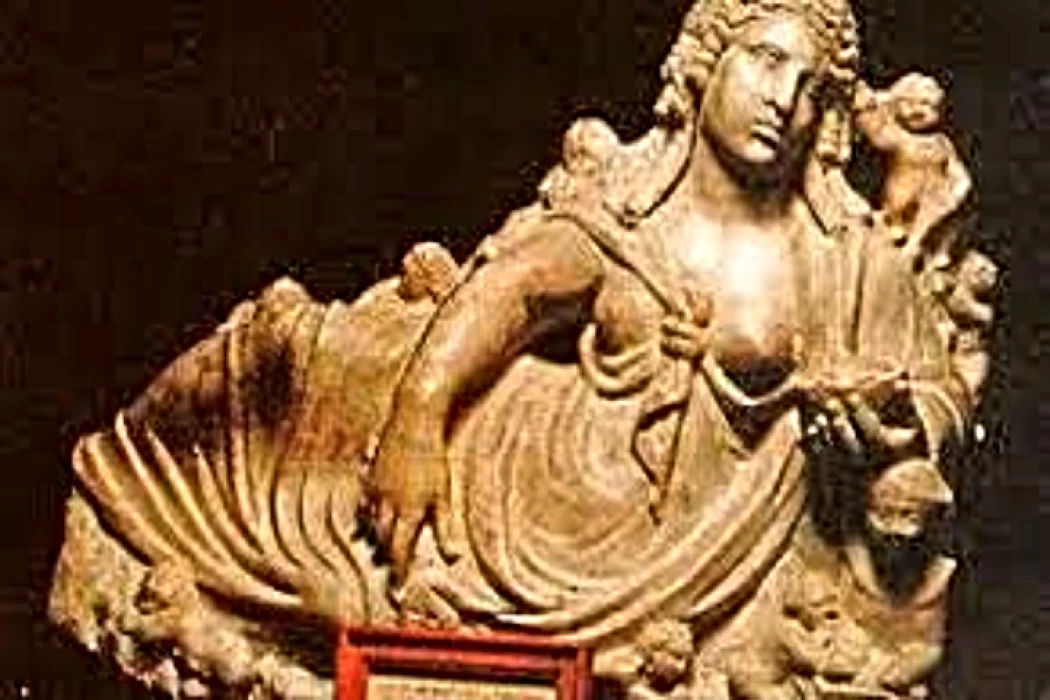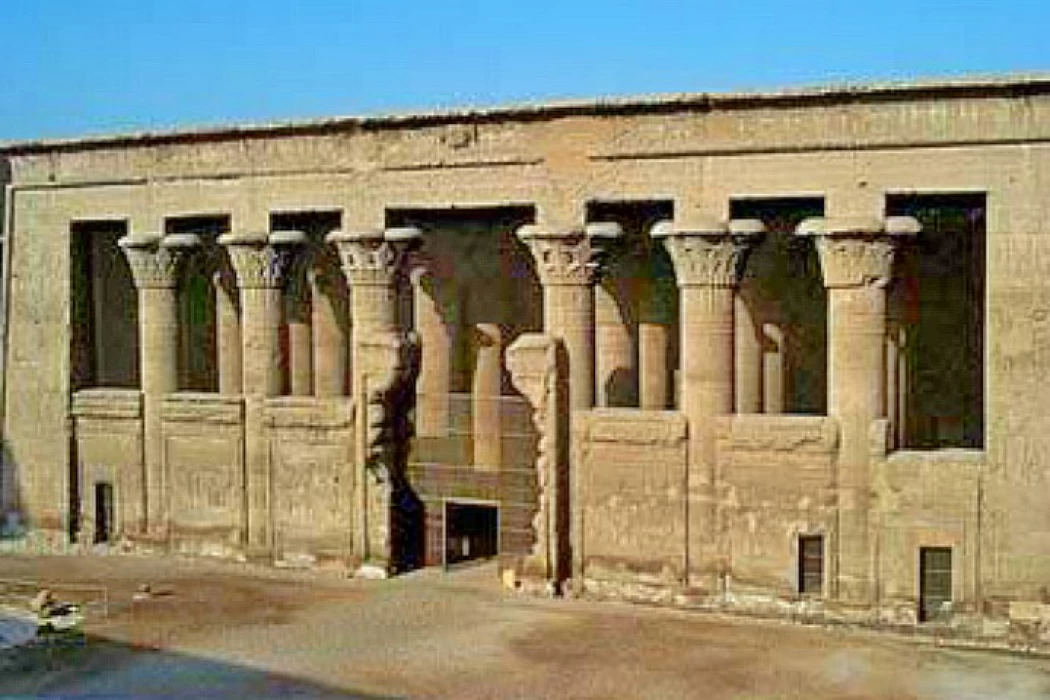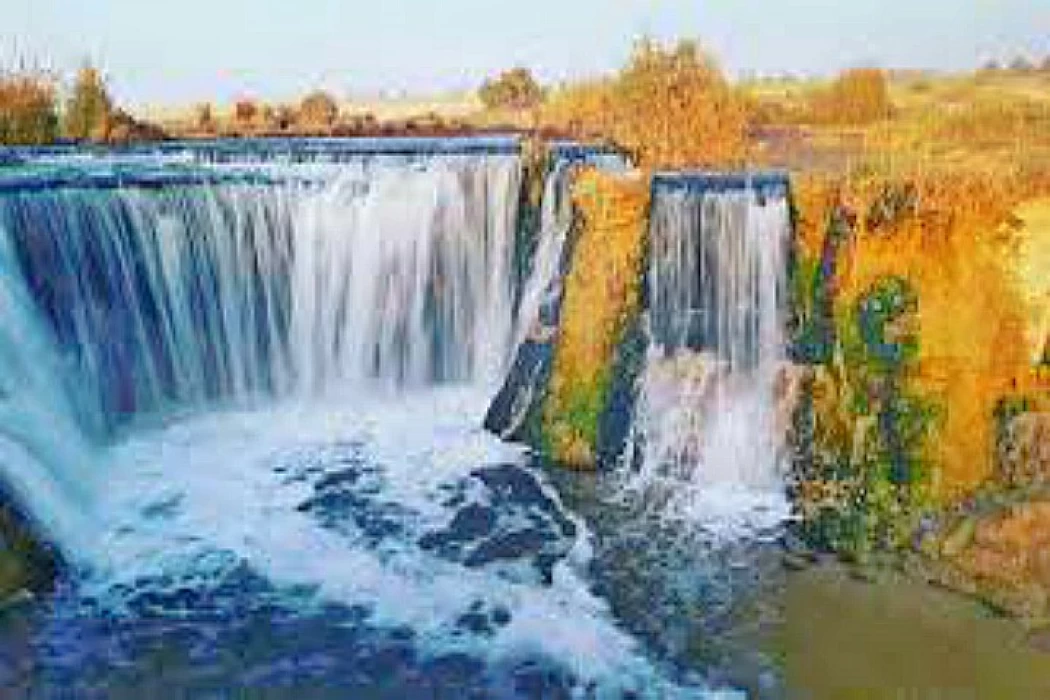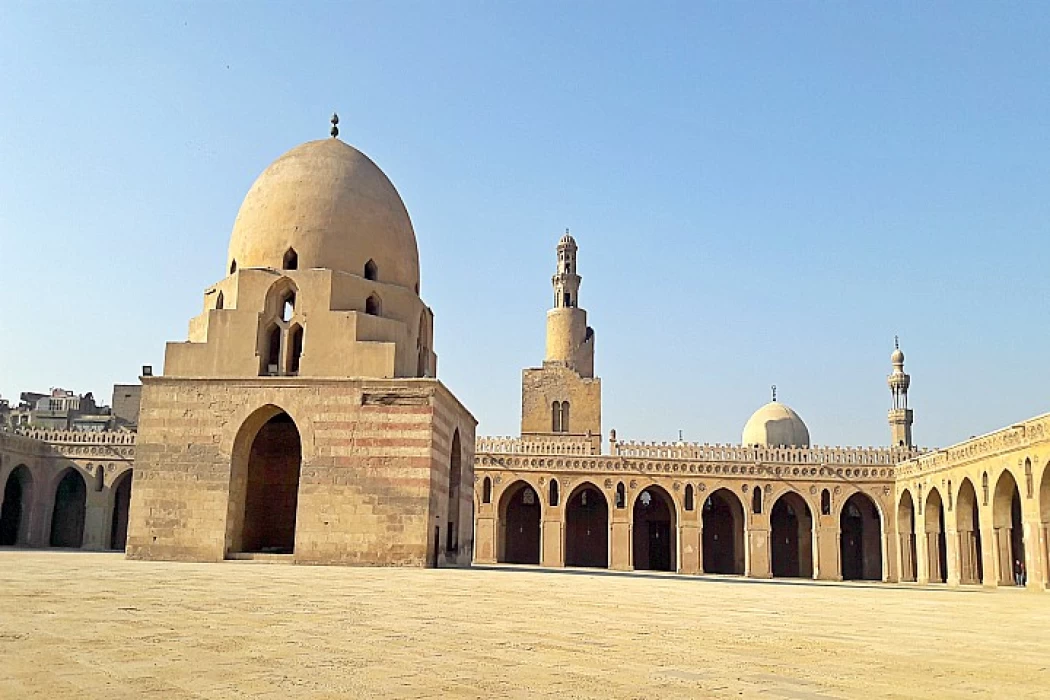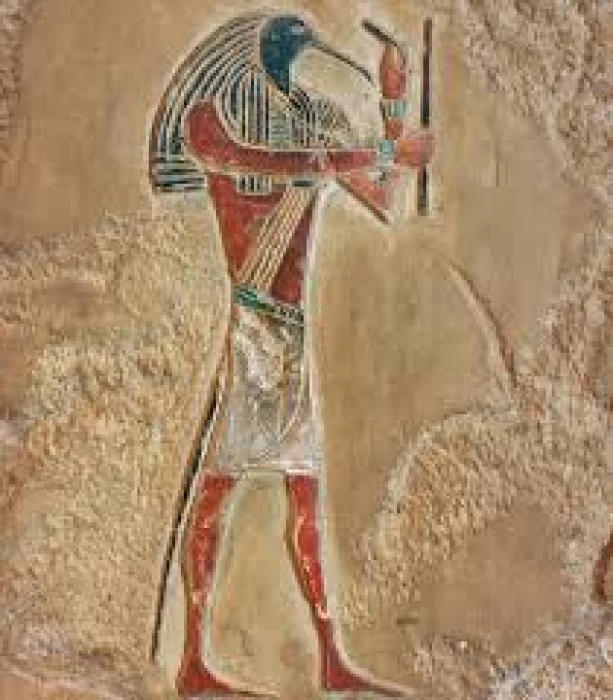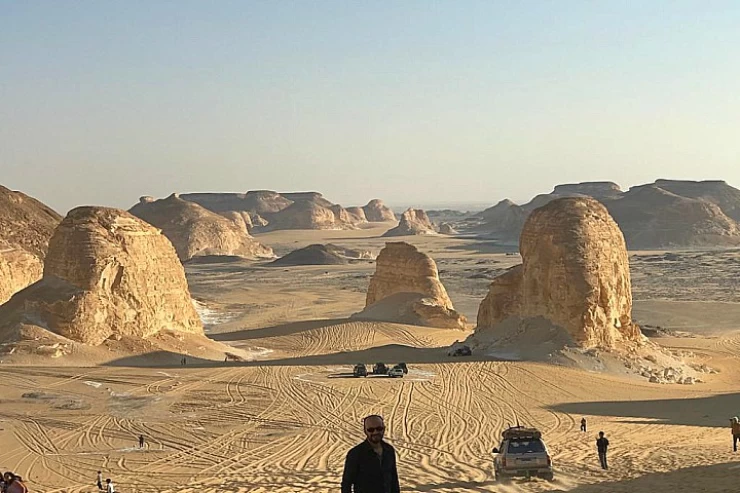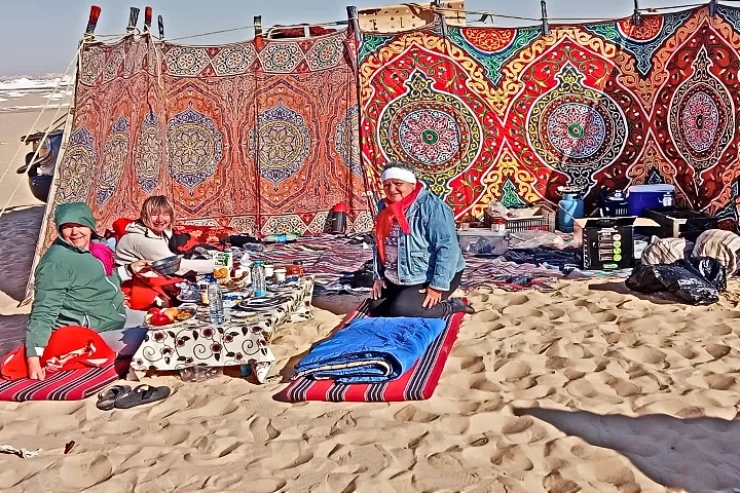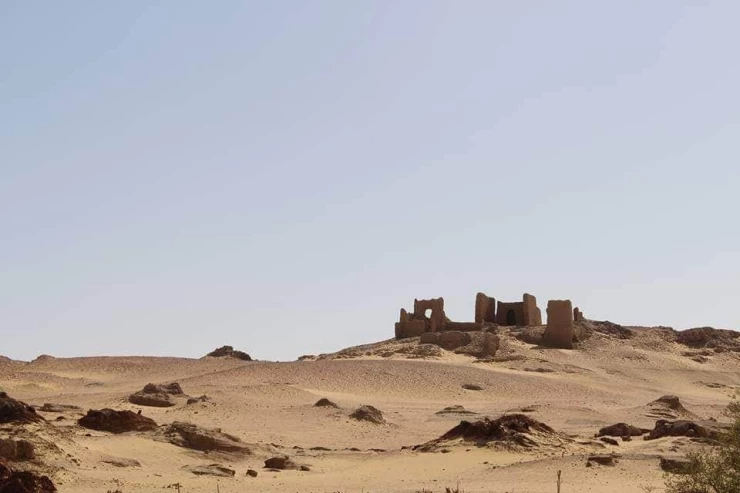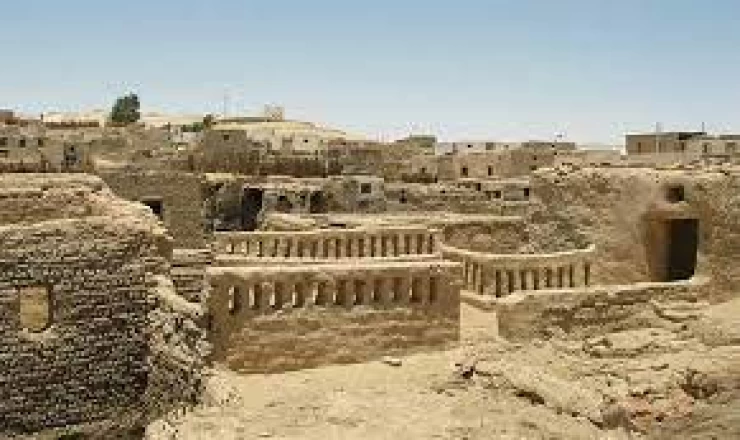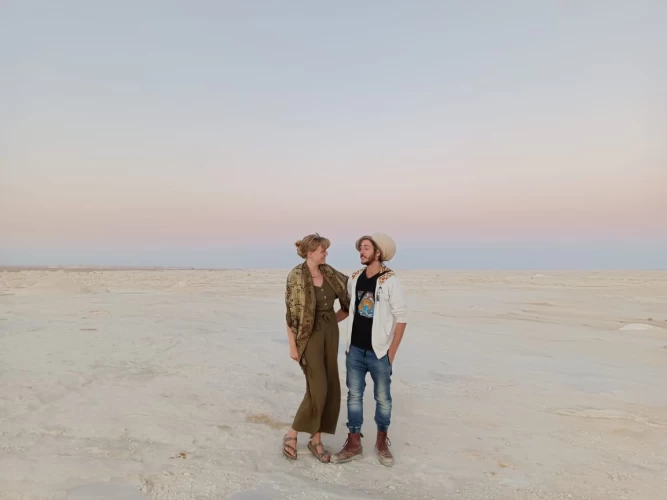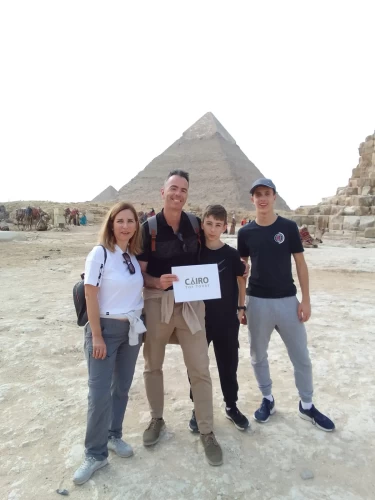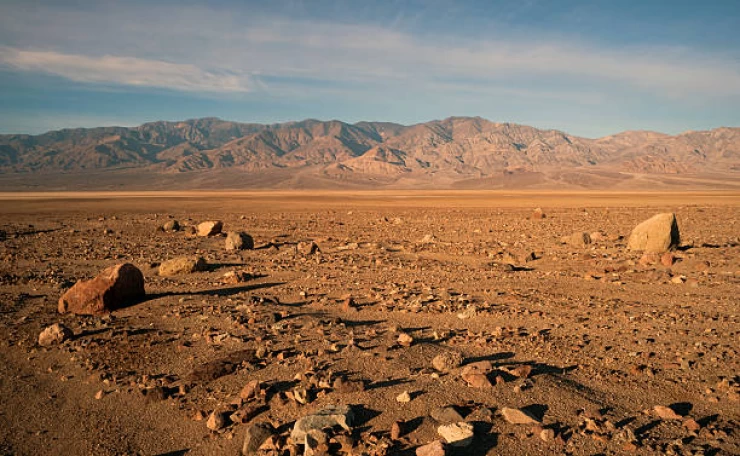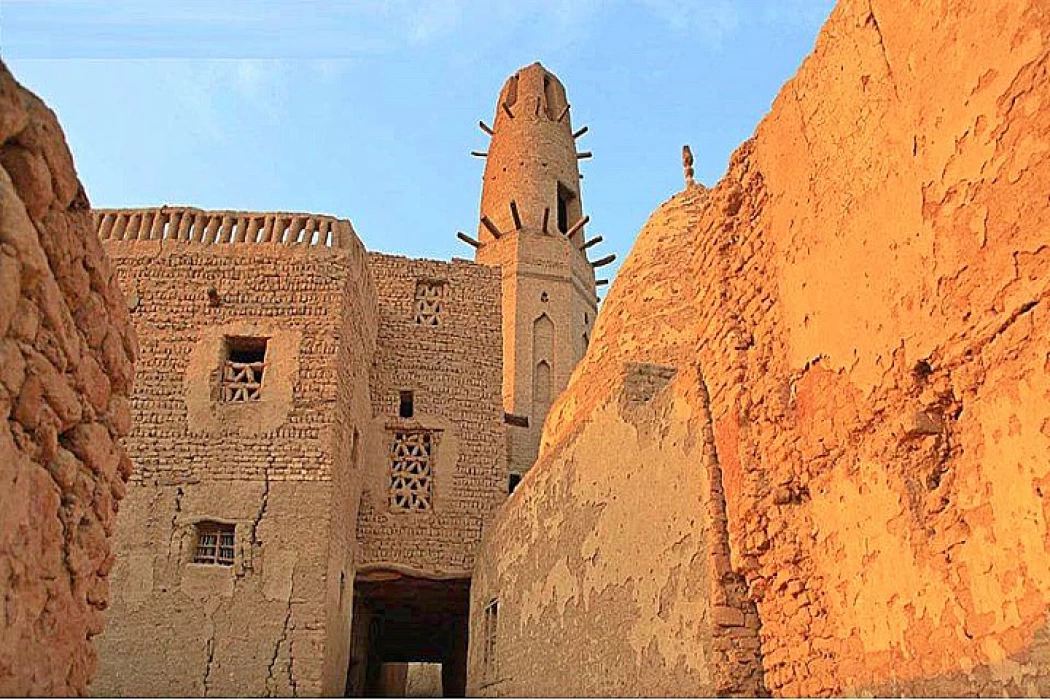
El Dakhla Oasis
El Dakhla Oasis
Dakhla Oasis is a bright western oasis of Egypt's desert; it is painted as an interesting, unique region full of historical, natural, and cultural attractions. Dakhla Oasis is indeed a memory of Egypt in the form of quiet desert landscapes, the most fertile farmland, and ancient historical sites.
Located about 500 kilometers west of the Nile River Valley, this oasis, Valjean, awash with the vast Sahara Desert, belongs to the wider group of oases found in Egypt, such as Kharga, Farafra, and Bahariya. All these majestic desert scenes, mixed with the lush palm groves and small villages, are framed by the surrounding dunes and rocky hills.
The valley is specialized by small settlements extending along it, being Mut with the major administrative and commercial center of the region. Dakhla Oasis is not one of the more remote or less-touristed oases in Egypt because this oasis is so much more distilled than the glut of other destinations—Luxor, Cairo, and the rest.
Attractions of El Kharga.
El, The most important historical site in Dakhla, this medieval village, consists of mud-brick buildings dating back to the 12th century. The village is endowed with well-preserved mosques, houses, and a castle to glimpse the bygone days. The narrow alleyways and ancient architectural buildings let visitors feel alive as they walk in the historical oasis from centuries ago.
The Temple of Deir This ancient Roman temple, located just outside the town of Mut, is built to the glory of the gods of the Roman Empire and boasts impressive remains, including a well-preserved entrance and columns. This temple is considered one of the greatest temples of Roman architecture in the Western Desert.
Archaeological Museum: In this small museum in Mut, artifacts from ancient history are exhibited, including pottery, tools, and mummified remains that date back to the Pharaonic, Greco-Roman, and Islamic periods.
This may take the life and help further understand the region's past.
Coptic Monasteries: Numerous ancient Coptic monasteries thrive in the Dakhla Oasis, some erected as early as the 5th century. Among them is the Monastery of Saint Michael, presenting perhaps the most place-mixed and yet peaceful ambiance, while the other monasteries serve as important pilgrimage sites for Coptic Christians, where visitors can come to know more about the history of Christianity in Egypt.
The Hot Springs of Bir al-Ghaba: There are also thermal springs found in Dakhla Oasis, the most well-known of which are thought to possess healing qualities. Visitors can soak in warm, mineral-rich waters and take in the desert views at the same time.
Agriculture and Date Palms
The oasis was established on date palms for centuries, and date plantations have been a very important economic activity for the area for a very long time. Besides, fields are lush with wheat, barley, and many fruits grown with the help of an underground water table feeding the oasis area.
Modern Dakhla Oasis
Now, at present, Dakhla Oasis is a silent and secluded site location that caters to adventure, history, and peace seekers away from the busiest area of Egypt. As much as it is not as developed in tourist infrastructures at present, this offers a good chance for eco-tourism, a culture unique in terms of its desert environment and relaxation.
That is why, despite its relative isolation, Dakhla Oasis is gradually changing: new roads, improved infrastructure, and the kind of accessibility that travelers flocking into it are likely to enjoy—except for most of its original charm and calm ambiance. The local economy mainly focuses on agriculture, tourism, and small-scale crafts while preserving the regional cultural heritage.
Latest Articles
Admin
The Graeco-Roman Museum
The Greco-Roman Museum of Alexandria is Egypt's most important archaeological museum, displaying a wide and impressive array of antiquities of the Roman and Greek periods, a testament to Alexandria as a hub of culture and civilization in the ancient world.
Admin
Temple of Khnum
The Temple of Khnum in Esna is a great religious monument that stands as a living record of the excellence of Egyptian artists and priests during the Ptolemaic and Roman eras and should attract every lover of Egyptian history and civilization.
Admin
Beni Hassan Tombs
The tombs of Beni Hassan are among the most prominent evidence of the greatness of ancient Egyptian civilization, as they reflect the Egyptians' mastery of architecture and sculpture, as well as the minute details documenting aspects of their daily life and religious beliefs. These tombs, which date back to the Middle Kingdom, are not just burial sites but archaeological treasures that reveal the nature of Egyptian society at the time as well as its political and economic relations.
Admin
Wadi El Rayan
Wadi El-Rayan is one of the most important natural tourist attractions in Egypt, especially in Fayoum, where there are many wonderful places such as waterfalls and springs for medical tourism, as well as mountains for safari and camping.
Admin
Muslim Conquest in Egypt
Egypt became part of the Islamic world and played a pivotal role in Islamic and Arab history. The conquest had a different aspect than many conquests, as it was characterized by organization and negotiation, as well as military power.
Admin
God Thoth
Thoth served as the spiritual representation in Egyptian mythology whose divine nature embodied reason as well as justice and eternal wisdom. The legacy from Thoth spread throughout thinking, religion and science, thus preserving his name in Egyptian and Greek philosophical works.
